No products in the cart.

Marie Curie was born to break records. A force to reckon with in the field of science, she was a woman of many firsts.
Marie Curie was the first woman to win a Nobel Prize, the first person to win a Nobel prize twice, and the only woman to win two Nobel prizes in different science fields (Physics and Chemistry). She and her husband Pierre Curie were the first couple to win a Nobel Prize together.
Marie Curie was also the first female professor at the University of Paris.
Popularly referred to as Madame Curie, Marie Curie was most famously known for her pioneering research on radioactivity and discovering the elements, thorium, polonium and radium. Her life’s work has become a beacon of hope to many. Her groundbreaking discoveries contributed to the discovery of the cure for cancer. Because of Marie Curie, many patients and families get to have a second chance.
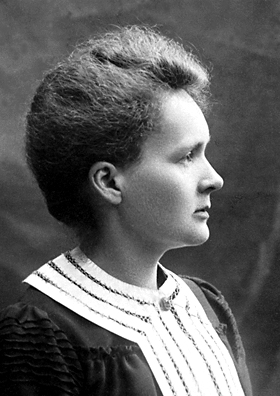
So, how did a woman from a very humble background break through the barriers of gender discrimination, change the status quo and pave way for other women like her in a male-dominated field? We shall know more in this article.
Early Years and Education
Born Marya Skłodowska in Warsaw, Congress Poland in the Russian empire, on November 7, 1867, Marie Curie was the last of five children to her Polish parents. Her parents were teachers but the family had little to live on. They had lost their properties to the uprisings that heightened during Poland’s struggle for independence.
Her father, Władysław Skłodowski was a physics and mathematics teacher. The uprisings also led to the removal of laboratories in Polish schools and her father came back home with most of the equipment. This is presumed to be where Maria’s passion for science was fanned to flames. Her father eventually lost his job and the family was subjected to abject poverty. The Sklodowska family had to turn their home into a lodging home for boys just to make ends meet.
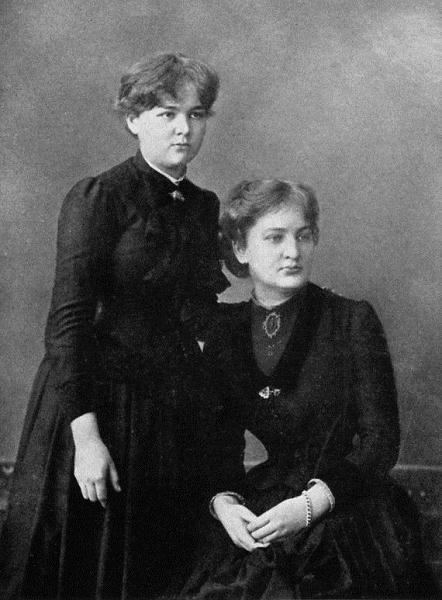
Ten years after she was born, her mother died of tuberculosis. This was shortly after her eldest sister had died of typhus, a disease she had contracted from one of the boarders who had lodged in their house. This series of events greatly affected Maria’s faith and caused her to become indifferent to religion. She later attended a gymnastics school, graduating with flying colours. During this time, she also battled with depression and was sent to spend some time with her father’s relatives on different occasions.
Maria already had a passion for science and wanted to pursue a career in it. But at that time, women were not allowed to enrol in a regular institution of higher education. As such, Marie and her elder sister Bronislawa started attending a Polish institution that admitted female students, which was nicknamed The Flying University. Both of them could not afford to attend the tuition fees at the same time so it was agreed that Bronislawa would go first.
Maria was to help support her sister’s medical studies and get the same in return two years later. She had to take up a job as a home tutor in Warsaw and later on as a governess with a wealthy family, the Żorawskis who were also her father’s relatives. While working with the Żorawskis, she fell in love with their son Kazimierz but the family vehemently opposed their relationship because her family was poor. The duo went through a very painful separation and Kazimierz went on to pursue his dream career of being a mathematician.
Bronislawa had gotten married to a Polish physician Kazimierz Dluski and invited Maria to join them in Paris. She declined, stating that she did not have enough money to pay for her tuition. She was able to get another job to keep saving money for her tuition.
In the meantime, Maria kept educating herself, reading science textbooks and journals. She continued tutoring while also attending The Flying University. She eventually left for Paris in 1891 to join her sister and brother-in-law. Her stay was short-lived as she soon got her apartment much closer to the campus premises. Maria could finally attend the University of Paris to study physics, mathematics and chemistry. She also went by the French version of her name “Marie”.
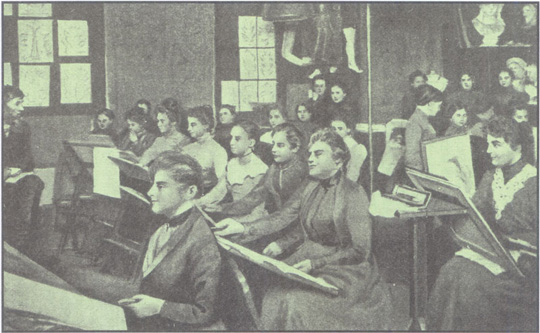
Marie lived an austere life, living on a very meagre income. During the winter season, she would wear all of her clothes to keep warm and would maintain irregular eating patterns while so engrossed in her studies. To survive, she tutored in the evenings while attending school in the mornings. Two years later in 1893, she got her certificate in Physics and soon after started working in an industrial laboratory owned by the famous Gabriel Lippmann. Maria was able to get a fellowship which helped her continue her education and earn her second degree a year later.
Career
Marie’s career began in Paris investigating the magnetic properties of various plates of steel. Shortly after, she met her husband to be Pierre Curie, an instructor at The City of Paris Industrial Physics and Chemistry Higher Educational Institution (ESPCI Paris). Both shared a passion for natural sciences and would later help each other attain unimaginable heights.
Marie’s quest for a bigger laboratory space to conduct her experiments caused her to come in contact with Pierre. She had been introduced to him by a Polish physicist, Józef Wierusz-Kowalski, who believed Pierre would be of help to her in accessing the space she needed. In due time, he was able to get Marie a bigger space and they began working together. Their relationship soon took a romantic turn and Pierre proposed. Marie initially refused the proposal, hoping that she would return to Poland to continue her career. That hope was short-lived as Marie was refused a position at the Krakow University in Poland because of her gender.
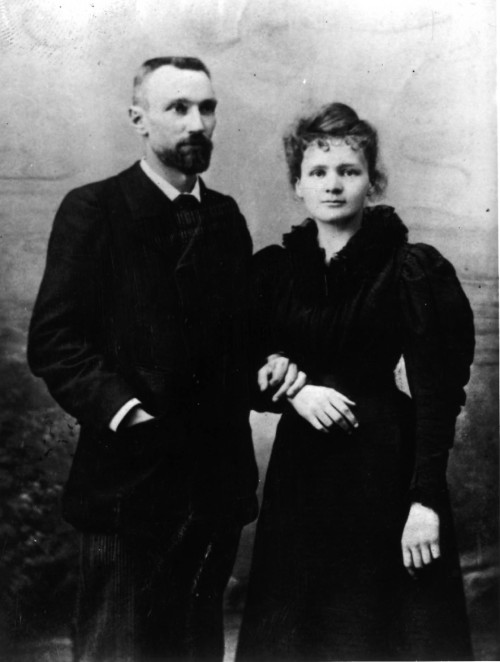
Pierre convinced Marie to return to Paris to pursue her PhD degree. She had earlier motivated Pierre to conduct research on magnetism which had earned him a doctorate degree and a new position as a professor at the University. Marie was one time referred to as “Pierre’s biggest discovery”. Marie and Pierre got married on July 26, 1895, and got the opportunity to share not just their love for each other but their love for science on a larger scale.
Research and Radioactivity
With the beginning of research and discovery of X-rays and related elements such as uranium by Wilhelm Röntgen and Henri Becquerel, Marie Curie decided to conduct a thesis on uranium rays for her doctorate.
Using the electrometer, a device invented by Pierre and his brother 15 years earlier, Marie began her research on radiation, a research that would later after her health and eventual death. The Curies welcomed their first child Irène in 1897. This new addition to the family meant more expenses and Marie had to take up a teaching job at a school.
They were not able to afford a proper laboratory and thus carried out most of their experiments in a shed close to the ESPCI. The shed was not properly ventilated and this unknown to them heightened the dangerous effect of radiation exposure on them. Her research did not get any sponsorship from the ESPCI but she got financial assistance from various mining companies, organisations and governments.
Marie continued her research on radioactive elements discovering Thorium in the process. Her husband eventually joined her in the research impressed by its advancements so far. Marie promptly published a paper to retain ownership of her findings on Thorium but she had been beaten to it by George Schmidt who had published his, two months before, in Germany. This did not deter Marie who continued working on radiation-emitting elements.
In 1898, Marie Curie and her husband discovered elements such as polonium and radium and also coined a name for their research, “radioactivity”. Isolating these new elements involved an arduous manual process that took years to complete. Without a conducive environment and protective equipment to safeguard them, the detrimental effects of the radioactive rays being emitted in the course of their research were already taking their toll on their health.
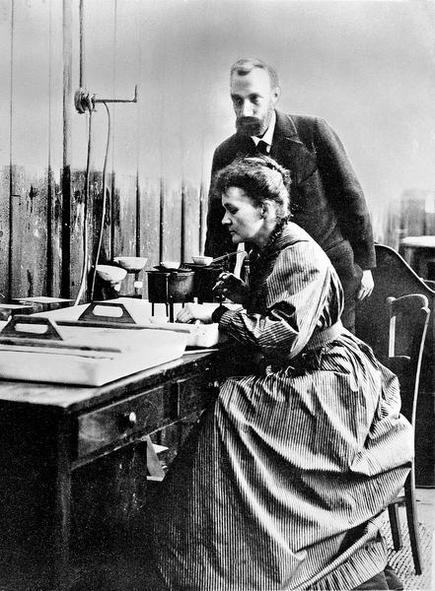
Within the next four years, they would publish over 30 papers both jointly and individually. This was when they also discovered the destructive effect of radium on tumour-forming cells, a core concept used in chemotherapy treatment today.
The First Woman to Win the Nobel Prize
Marie would continuously battle with the challenges of playing in a male-dominated field. In 1903, the couple was invited by the Royal Institution to give a presentation on radioactivity. Marie, its pioneering founder was not allowed to speak because she was a woman. Pierre had to give the speech on her behalf. Also, this discrimination almost cost her the Nobel Prize.
The Royal Swedish Academy of Sciences had planned to award Pierre Curie and Henri Becquerel a Nobel Prize in Physics for their research on radiation. But a member of an advocacy group for female scientists Magnus Gösta Mittag-Leffler informed Pierre of the intended omission. Pierre Curie tabled his grievances to the academy and his wife’s name was included in the nomination. This was how Marie Curie became the first woman to win a Nobel Prize. The money gotten from the award enabled them to hire a laboratory assistant.

In 1904, the family welcomed another child, Éve. Marie made sure to take her daughters on trips to Poland, teach them her mother tongue and also employed Polish governesses to tutor them. All seemed to be going well for the family until two years later when tragedy struck.
Her husband, Pierre was killed in a road accident. He was knocked down by a vehicle while walking across the road. He died instantly leaving Marie and the children in a devastated state. The University of Paris offered Marie her husband’s previous position as a professor and chair of physics. She accepted and became the first female professor at the university.
All this while, she had still not gotten a proper laboratory to carry out her experiments. After threatening to leave the university for the Pasteur Institute, the University of Paris and the Pasteur Institute collaborated to build the Curie Pavilion, a radium institute which she headed.
Marie Curie: A Woman of Many Firsts
Marie Curie’s many achievements did not protect her from the harsh realities of gender discrimination. She was termed a foreigner and atheist by her opponents. When she was to be elected to the French Academy of Sciences, she was voted down for a clearly stated reason, “women cannot be part of the Institute of France”.
A speculated year-long affair with her husband’s former student and divorcee, Paul Langevin, resulted in a scandal that shook her career at its very crevices. Angry mobs gathered in front of their home and she had to move with her daughters to a friend’s home for safety.
Despite the opposition based on her scandal with Langevin, Marie was awarded another Nobel Prize in Chemistry 1911 for “her services to the advancement of chemistry by the discovery of the elements radium and polonium, by the isolation of radium and the study of the nature and compounds of this remarkable element.”
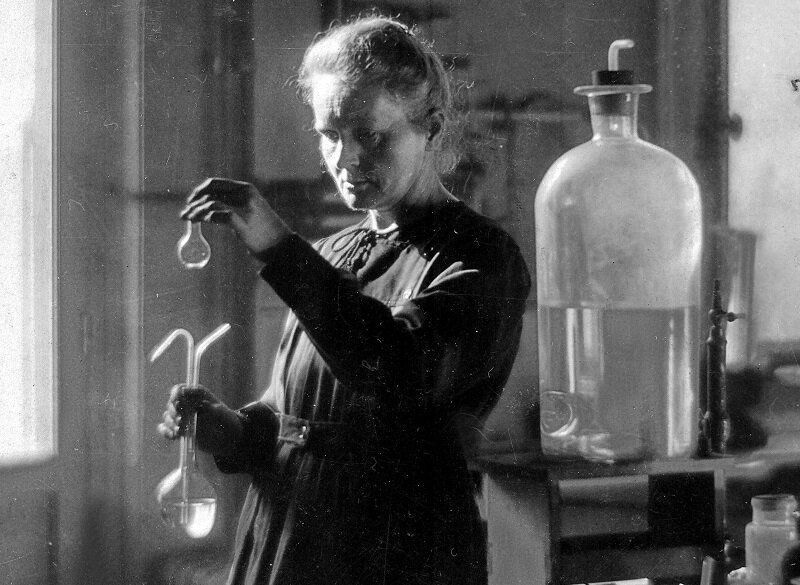
The director of the award committee attempted to stop her from attending the ceremony to which she responded that there would be no relation between her scientific work and the facts of her private life. She was diagnosed with a kidney ailment the same year and had to spend time in recluse, away from the public eye for about two years.
Marie Curie was appointed Director of the Curie Laboratory in the Radium Institute of the University of Paris, becoming the first woman to head a laboratory. She contributed majorly to the First World War by establishing radiological centres for wounded soldiers. She began with help from a military doctor and her 17-year-old daughter, Iréne. Marie Curie created mobile x-ray units for locating fractures and shrapnel in soldiers’ bodies. These units were speculated to have catered to over a million soldiers during the war, yet she and her team did not get any official recognition from the French government.
In her later years, Marie Curie would tour different countries including the United States, Spain, Brazil, Belgium and Czechoslovakia. On her visit to the United States, contributions were made for Marie Curie to provide her with a sample of radium to continue her research. The Curie Institute became one of the four major radioactivity research laboratories in the world and produced four more Nobel laureates including her daughter, Irène Joliot-Curie, and son-in-law, Frédéric Joliot-Curie.
Legacy and Death
Marie Curie’s left a lasting legacy that is still revered to this day. She sat on various committees making a tremendous impact wherever she found herself. Her sister, Bronislawa would eventually serve as a director at the Warsaw Radium Institute to which Curie greatly contributed. In 1920, she became the first female member of The Royal Danish Academy of Sciences and Letters.
Marie Curie died on July 4, 1934. She was 66.
Her death was believed to have been caused by aplastic anaemia, a bone marrow disease got from her long-term radiation exposure. She was buried beside her husband at a cemetery in Sceaux.
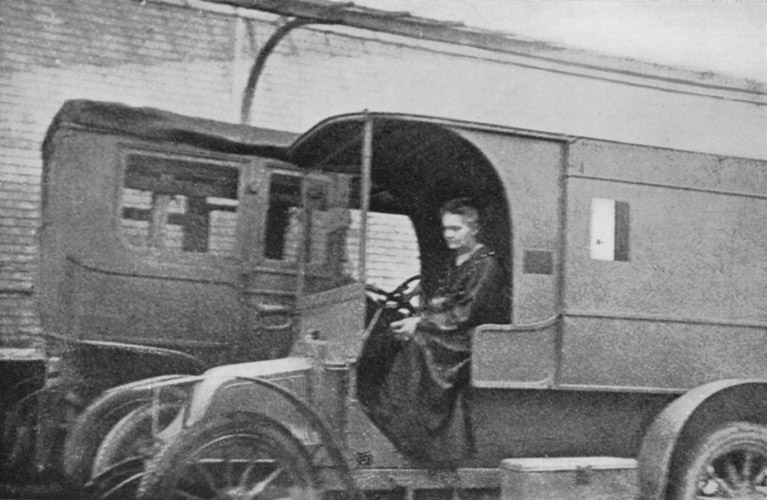
About 60 years later, in honour of their revolutionary contribution to science, both bodies were transferred to the Paris Panthéon, a burial ground for France’s most respected individuals, making her the first woman to be honorarily interred at the Pantheon on her own merits. Their bodies were preserved in lead lining due to the radioactivity. Their papers and journals were also preserved in lead-lined boxes and were only to be handled while wearing protective clothing.
Several monuments, paintings, and institutions were named after her just as biographies and movies were also made in honour of her. Marie Curie has been featured on currencies and postage stamps. Even an asteroid, the 7000 Curie was named after her.
The unit of radioactivity, ‘curie’ was named after her and her husband. The element curium was named after them as well and the radioactive minerals curite, sklodowskite and cuprosklodowskite were also named after them. Her 100th anniversary of winning her second Nobel Prize was celebrated in 2011 with the United Nations naming the year, “The International Year of Chemistry.”
Marie Curie was the first woman to win a Nobel Prize, the first person to win two Nobel Prizes, the only woman to win in two fields and the only person to win in multiple sciences (Physics and Chemistry).
Reflections
At a time when women were known for childbearing, home keeping and raising children, one woman decided that she was going to make a difference, not just anywhere but in a male-dominated field. With Marie Curie, it couldn’t just be a man’s world. She made sure to pave way for herself and the many other female scientists that came after her. She had to push through the barriers of gender bias to become the woman who changed the world of science, especially Physics and Chemistry.

Marie Curie had her fair share of heartaches but it did not deter her from chasing her dreams. She did not live for recognition or financial rewards. Most of her inventions were not patented and were made available to everyone for further research. Her vision of making a significant difference in her world was the driving force behind her many achievements.
And her very own words, “I was taught that the way of progress was neither swift nor easy”, served as a perfect description of the resilient life she lived.
We always have more stories to tell. So, make sure you are subscribed to our YouTube Channel and have pressed the bell button to receive notifications for interesting historical videos. Also, don’t hesitate to follow us on all our social media handles and to as well share this article with your friends.
Feel free to join our YouTube membership to enjoy awesome perks. More details here…
Sources
Atomic Archive. (n.d.). Marie Curie (1867 – 1934). Atomic Archive. Retrieved from https://www.atomicarchive.com/resources/biographies/marie-curie.html
Bagley, M. and Leggett, J. (2021, December 6). Marie Curie: Facts and biography. Live Science. Retrieved from https://www.livescience.com/38907-marie-curie-facts-biography.html
Biography. (2021, October 8). Marie Curie (1867-1934). Biography. Retrieved from https://www.biography.com/scientist/marie-curie
Cantor, J. (2021, April 6). 10 Things You (Probably) Didn’t Know About Marie Curie. Publishers Weekly. Retrieved from https://www.publishersweekly.com/pw/by-topic/industry-news/tip-sheet/article/85977-10-things-you-probably-didn-t-know-about-marie-curie.html
Des Jardins, J. (2011, October). Madame Curie’s Passion. Smithsonian Magazine. Retrieved from https://www.smithsonianmag.com/history/madame-curies-passion-74183598/
Lewis, J.J. (2019, March 16). Marie Curie: Mother of Modern Physics, Researcher of Radioactivity. ThoughtCo. Retrieved from https://www.thoughtco.com/marie-curie-biography-3529555
Nobel Prize. (n.d). Marie Curie Biographical. Nobel Prize. Retrieved from https://www.nobelprize.org/prizes/physics/1903/marie-curie/biographical/
History.com (2021, February 22). Marie Curie: Facts About the Pioneering Chemist. History. Retrieved from https://www.history.com/news/marie-curie-facts
Markel, H. (2021, January 23). The day Marie Curie got snubbed by the French science world. Retrieved from https://www.pbs.org/newshour/amp/science/the-day-marie-curie-got-snubbed-by-the-french-science-world
Parsons, E. (2019, July 4). Marie Curie. New Scientist. Retrieved from https://www.newscientist.com/people/marie-curie/amp/
Pasachoff, N. (2011, June 27). Marie Curie. C & En. Retrieved from https://cen.acs.org/articles/89/i26/Marie-Curie.html
Russell, C. (2020, August 9). The Film Radioactive Shows How Marie Curie Was a ‘Woman of the Future’. Scientific American. Retrieved from https://www.scientificamerican.com/article/the-film-radioactive-shows-how-marie-curie-was-a-woman-of-the-future/
Valiunas, A. (2012). The Marvelous Marie Curie. The New Atlantis. Retrieved from https://www.thenewatlantis.com/publications/the-marvelous-marie-curie
Leave a Reply
You must be logged in to post a comment.




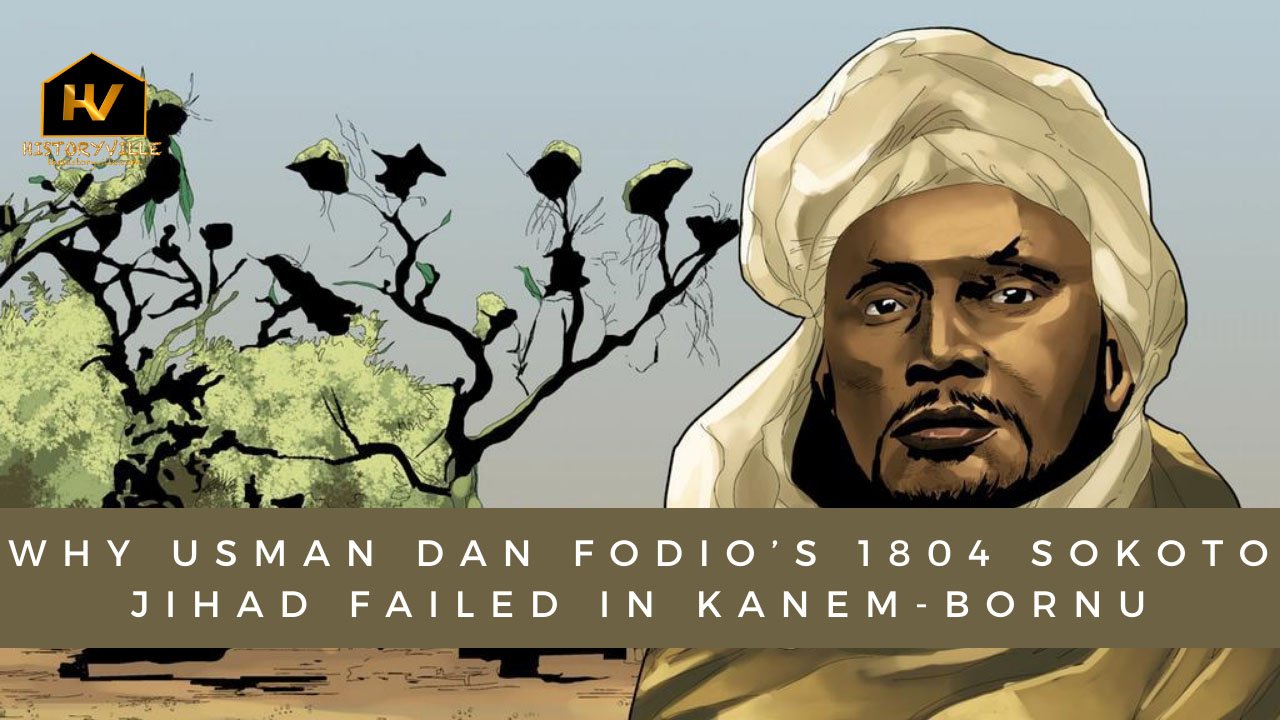
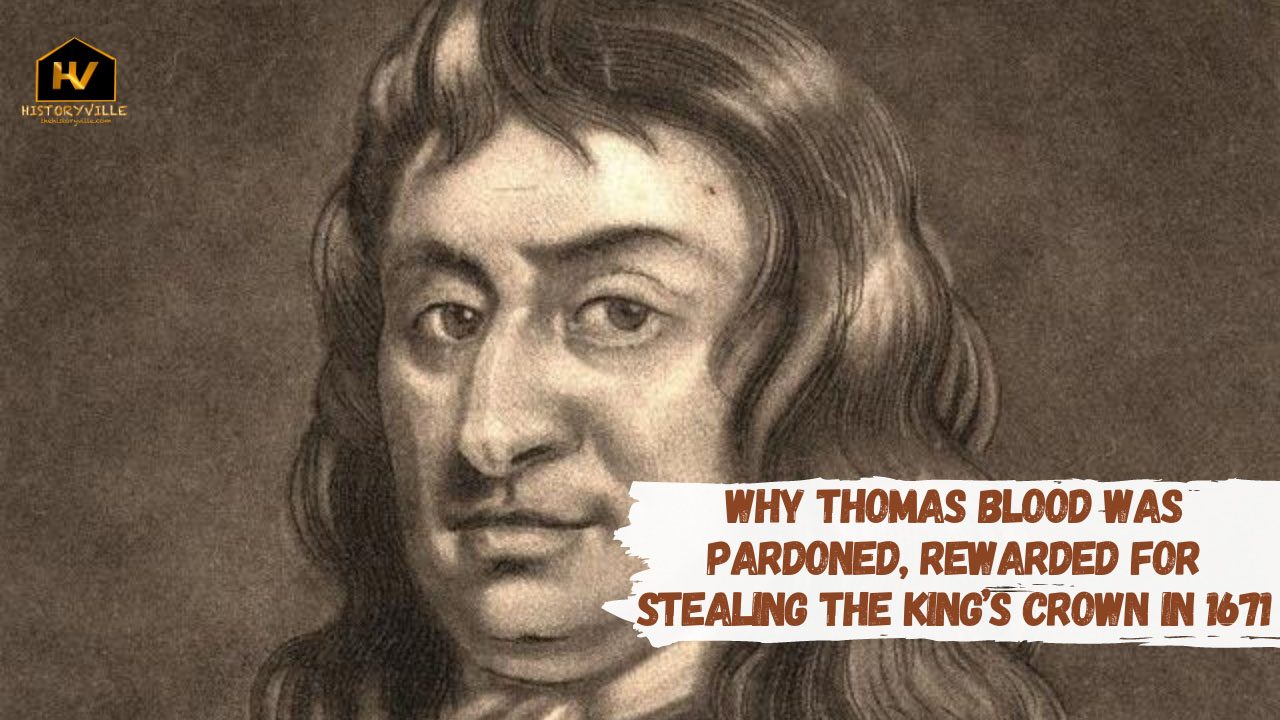



Leave a Reply